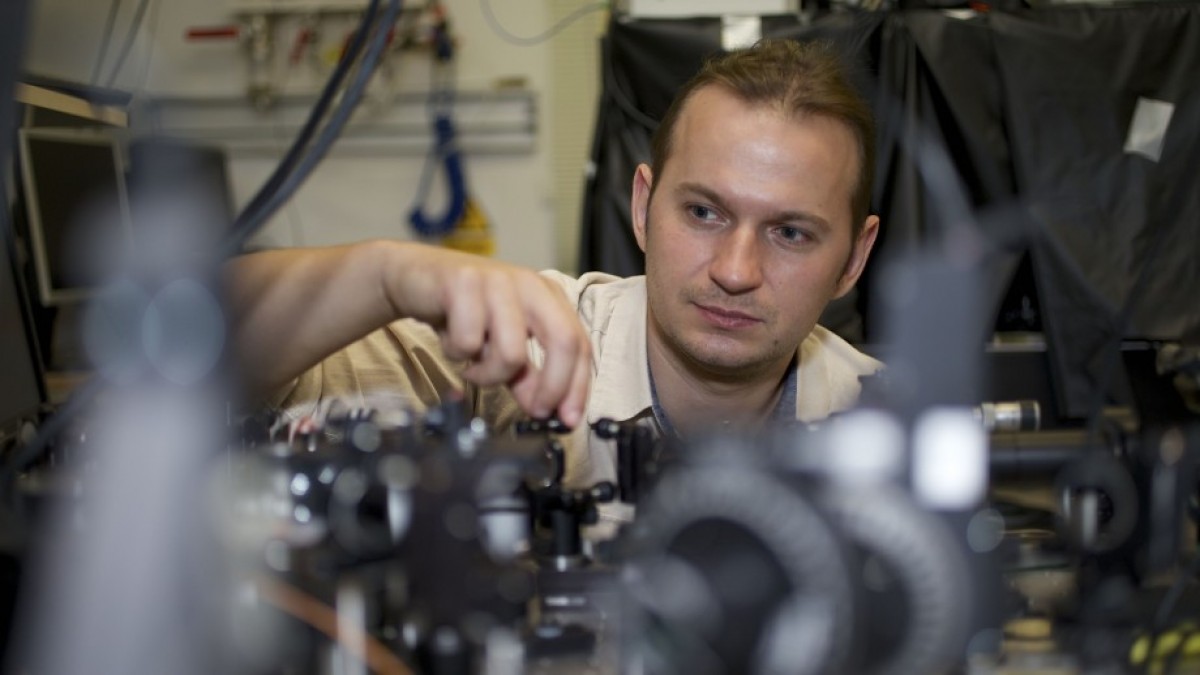Many modern technologies rely on light. We are already benefiting from light-based technologies in a wide variety of areas, such as encryption methods or data transmission. Dr. Sergey Kruk from the Australian National University is researching the behavior and application of light in the smallest dimensions. For his excellent work in nanophotonics, the Australian scientist has now received a postdoctoral research fellowship under the Marie Skłodowska-Curie Actions of the European funding program "Horizon 2020" and has decided to work on his project at the University of Paderborn. With the fellowship, the European Commission supports above-average qualified scientists from all over the world, who are at the beginning of their scientific career, in their research projects in Europe. The applicants choose their project and their hosts themselves. In addition to the scientific excellence of the research projects, the Marie Skłodowska-Curie Actions focus on international and intersectoral mobility as well as the training of the funded researchers. For the next two years, Kruk will be conducting research in the "Ultrafast Nanophotonics" group of Prof. Dr. Thomas Zentgraf in Paderborn. With his work in the field of so-called non-reciprocal nano-optics, the Australian scientist hopes to contribute to new optical devices for optical telecommunications and quantum information processing.
"Photonics is currently undergoing revolutionary changes driven by new technical possibilities in nanostructuring, i.e. structuring on a submicroscopic level, of optical materials as well as new concepts," says Prof. Dr. Zentgraf. "We have already been able to realize many new optical effects using nanophotonic elements - for example, complex holographic imaging or special structures that enable light propagation in an optical chip in a very small space," the physicist continued. A major challenge, however, is still to achieve so-called non-reciprocal light propagation at these small dimensions, he says. Zentgraf explains, "While light can travel the same path backward as forward through a structure in reciprocal light propagation, nonreciprocal light propagation is comparable to a one-way street, where light can only propagate in one direction." Nonreciprocity in optics is a special property in light propagation that causes light to perceive different material properties when the direction of light is reversed. An example would be a pane of glass that is transparent from one side and allows light to pass through, but acts like a mirror when viewed from the other side and reflects the light. In his research project, Kruk wants to combine such non-reciprocal optical elements with frequency conversion. This involves an additional change in the wavelength of the light at the nanostructures, as Kruk explains. "In this way, infrared light, which is invisible to the human eye, can be simultaneously converted into visible light. Such nanostructures have the potential to lead to novel optical materials that can be used for all-optical switches for switching light, such as in optical computer chips."
For more information on the Marie Skłodowska-Curie Actions: ec.europa.eu/research/mariecurieactions/

